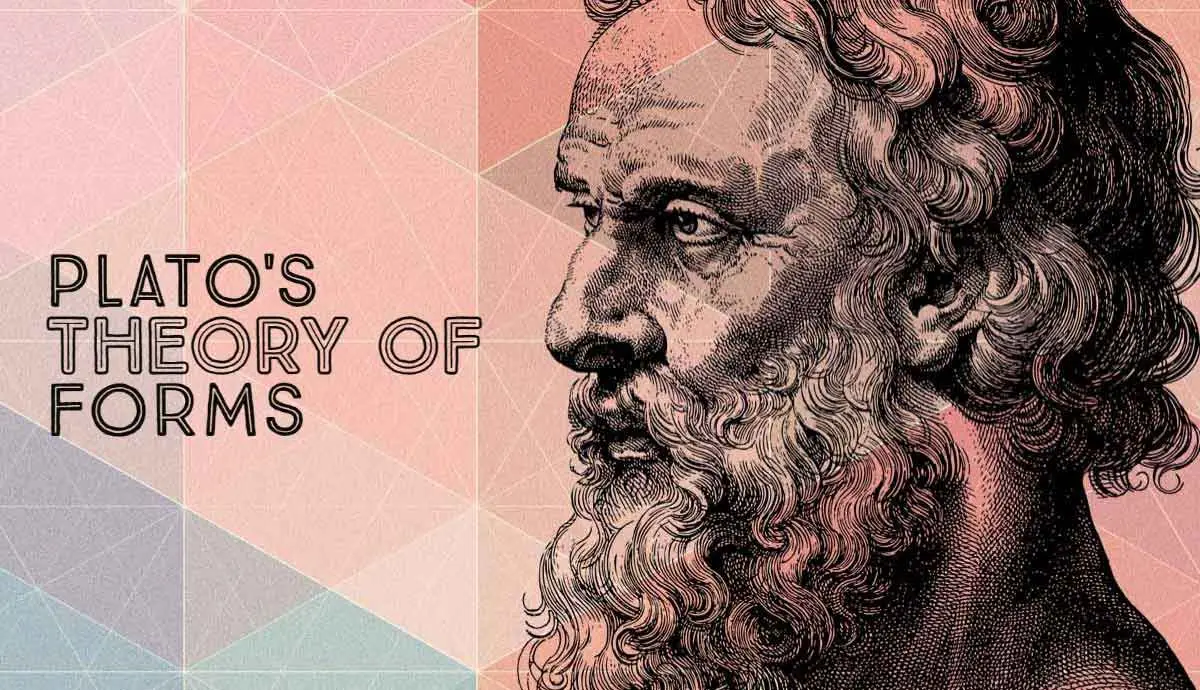Raja Sohail Akbar
The theory of forms, as proposed by Plato and depicted in the School of Athens fresco by Raphael, has sparked considerable controversy and debate. Plato, a student of Socrates and teacher of Aristotle, was a key figure in ancient Greek philosophy. Central to his philosophy is the concept of forms, which are distinct from the observable, physical world. Plato’s notion of forms and their relationship to the sensible realm has perplexed many readers, given the intentional ambiguity in his use of language and the historical context in which these ideas emerged.
The terms Plato uses to refer to forms, such as idea and eidos, have their origins in the Greek verb eidô, meaning “to look.” This linguistic background not only underscores the connection between forms and the visible attributes of things but also invites us to delve into the rich historical context of these ideas. However, the complexity arises from the dual usage of these terms to denote both specific characteristics shared by multiple entities and the fundamental entities themselves. Furthermore, the ancient Greek language’s ambiguity in referencing abstract concepts adds another layer of intricacy to understanding Plato’s theory and its historical context.
Plato’s theory of forms appears to have been influenced by the ideas of Anaxagoras, a pre-Socratic philosopher who posited the existence of fundamental, unchanging entities that underlie the properties of sensible particulars. In a similar vein, Plato’s notion of participation (metechein) suggests that sensible phenomena display certain attributes because they partake in the nature of the underlying forms. Yet, unlike Anaxagoras, Plato’s focus on moral and aesthetic properties necessitated a reinterpretation of participation, as these abstract qualities did not align with material constituents. This reinterpretation, in turn, had profound implications on the understanding of metaphysics and ethics, as it challenged the prevailing notion that all properties are derived from material substances.
One interpretation of Plato’s theory suggests that forms serve as perfect exemplars, with sensible particulars imitating or resembling these ideal entities. Under this view, forms represent the ultimate embodiment of their respective properties, such as beauty or justice, and are not subject to the contradictory nature of their imitations in the physical world. However, this interpretation encounters challenges, particularly regarding the applicability of such a model to all universal properties and the issue of self-exemplification. Critics argue that this view oversimplifies the relationship between forms and sensible particulars, and that it fails to account for the diversity and complexity of the physical world.
To address these complexities, Plato sought to differentiate between two forms of predication: ordinary predications about sensible particulars and special predications that express the nature of forms. This distinction allowed for a more nuanced understanding of how forms relate to sensible entities, akin to how biological taxonomy categorizes species and genera. By employing special predication, Plato sought to provide real definitions of fundamental natures, resolving the ambiguity and contradictions associated with ordinary predications.
In essence, the theory of forms represents an intricate philosophical framework, integrating linguistic, historical, and metaphysical considerations. Plato’s exploration of forms as transcendent entities beyond the material world, and his efforts to articulate their relationship to sensible particulars, continue to challenge and inspire philosophical inquiry, underscoring the enduring relevance of his ideas in contemporary philosophical discourse.















